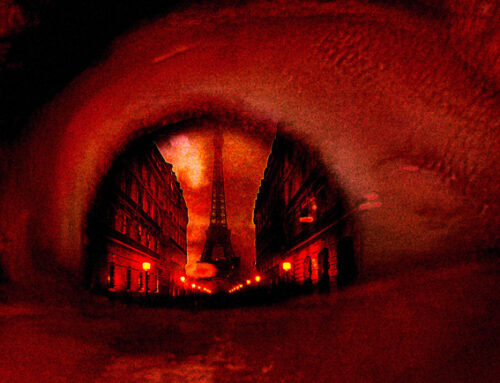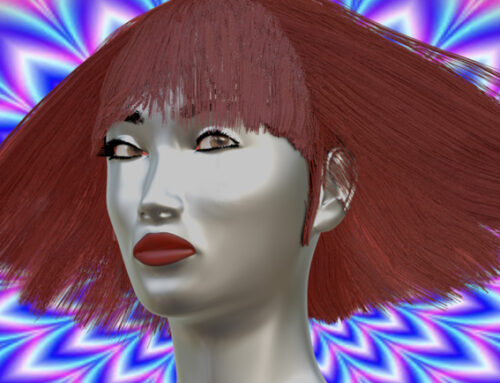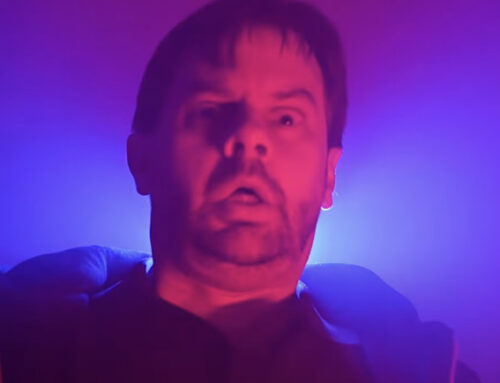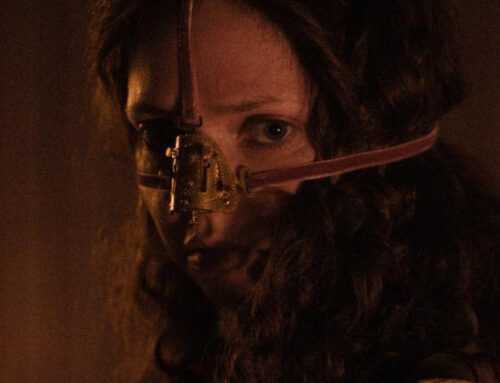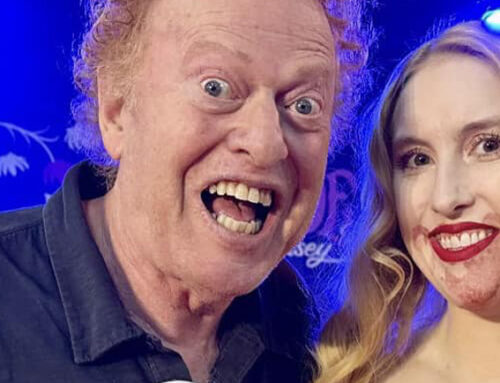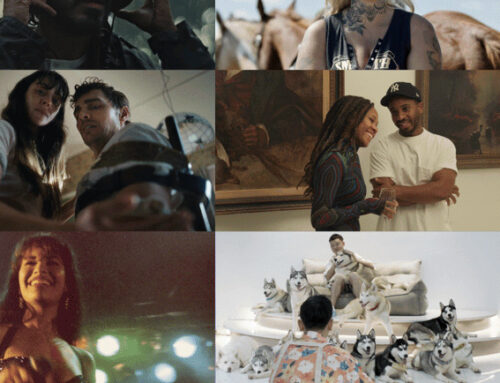I grew up under another name in a pine forest in Maine (“about 40 minutes from Stephen King,” when people inevitably ask). Dark, resinous wilderness was the playground of my Horrific Origin. It was a small town where no one had any secrets for long, and stories got wilder and darker with each retelling.
It surprises no one that I grew to be associated with horror, but I was resistant at first. My first horror movie was Jaws at the local drive-in. I was young enough to wear footie pajamas, and whenever du-DUN du-DUN could be heard, my mother would tell me to cover my eyes. Eventually I didn’t open them again and I fell asleep in the back of a booger-green ’72 Pinto wagon, wrapped in a fuzzy blanket and clutching my black-and-yellow monkey with a rubber face.
It took years later for me to get into horror novels, a fairly quick segue from The House With A Clock In Its Walls by John Bellairs to local-boy-made-good King’s Cujo, Carrie, and Pet Sematary. Very typical adolescent with a flashlight under the blankets, reading well past bedtime and suffering for it at school the next day.

My home town was a mill town, and the parts that weren’t forest were distinctly bleak and smelled of corruption and dogshit. Now, as a young gay boy in the late 70s and early 80s, I imagine I had a particularly jaundiced view of my surrounding society. I always felt the need to escape. And those books, bleak as they were, became my escape.
I would not be the first to draw a connection between the queer outcast and common horror tropes. At that time there was no LGBT representation in anything I could get my hands on, except for the hateful jokes in the back of the Hustlers I found in the woods (and what is it with woods-porn back then?) and internalized. I was going to grow into a despicable, dirty, perverted, predatory sissy, if that was anything to go by.
But give me a group of friends in a small town much like my own fighting the evil underbelly of society, now that I can get behind, even if it was depressing. I think the evil was in the air I breathed, and just the idea of others being able to see it, to actually fight it, was liberating.
Comics came my way next, with Swamp Thing being a favorite. Outcasts fighting ostracism, bigotry and abusers, doncha know?

It took me longer to connect with movies. The genre didn’t speak to me until A Nightmare on Elm Street 2 — poor Mark Patton had something evil inside him, turning him into something despicable, dirty, predatory. Teen Wolf and An American Werewolf in London have similar themes.
And don’t get me started on Clive Barker’s fetishy Hellraiser and decidedly-queer Nightbreed. And how many of these films had men running around in their underpants? Lots. Lots is the answer.
I was drawn to queer themes long before I grew to accept the queerness in myself. In many ways the horror genre is liberating. It allows us to explore ideas that scare us without being in literal peril. It’s a good way for creators to draw parallels to things that might be too dangerous to say straight out.

Today I write horror with casts of LGBT and disabled people, and train actors in how to look, move and sound like monsters at Fear Factory SLC, an award-winning haunted attraction with over 100 baddies that aren’t racial stereotypes, disabled stereotypes, or queer stereotypes. It’s not as limiting as people think. No one’s scared by a limp and a hunchback these days, most of us know someone with scoliosis or EDS.
Horror and haunting have helped free me to be myself, and I’ve expanded into vaudeville revival shows, magic and burlesque. Now if I feel there’s an evil within me trying to get out, I turn it into a nonbinary dance number to Warren Zevon‘s “Werewolves of London.”
And that’s it for me and my Horrific Origin, but don’t fret–more next week!
| Horrific Origin – A Journey Through Horrors | ||
|
Fear Factory, Salt Lake's scariest haunted house! |
||
|
|
||

